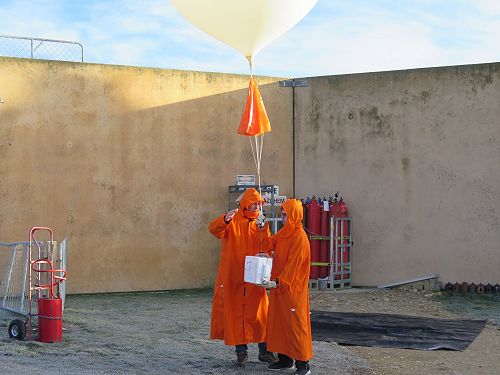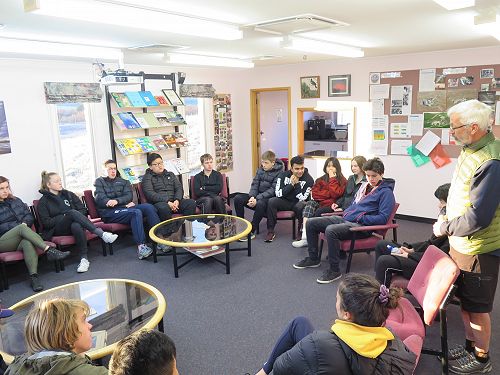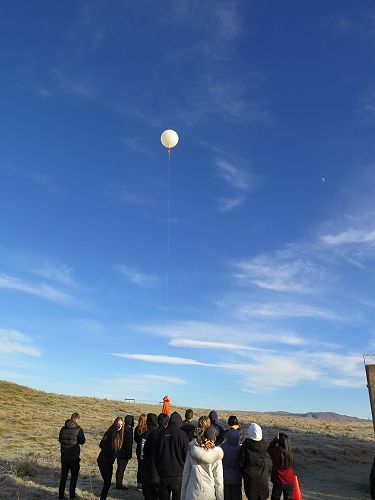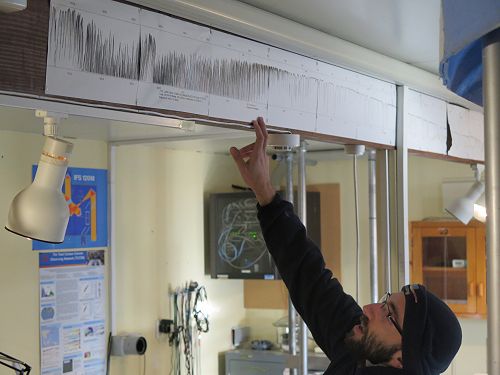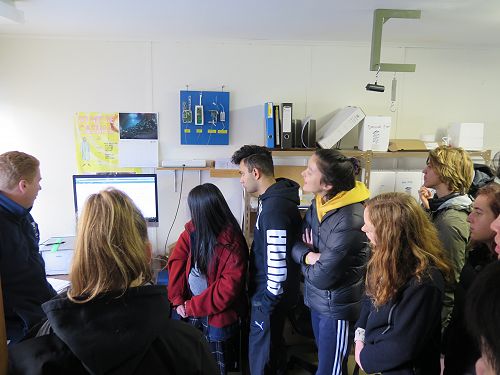
Atmospheric Physics trip to Lauder
Year 13 Physics students studying Climate Science head south with an aim to determine how New Zealand scientists are involved in making climate measurements.
Towards the end of June, 19 students travelled to the lower South Island as part of a new Physics trip - investigating climate science.
The highlight of the trip was visiting the NIWA (National Institute of Water and Atmospheric Research) Lauder site, located 35Km from Alexandra. The geographic location of this field station takes advantage of clear skies and clean air, and provides important climatic measurements which feed into international databases. Our students were involved in making measurements through assisting with an Ozonesonde balloon launch. The setup consisted of a Hydrogen balloon, fitted with a package containing numerous sensors. As the balloon rose through layers in the atmosphere, to a height of around 35Km, it recorded Ozone, humidity and temperature data. This data was transmitted using a radio frequency transmitter to the ground. Here students could view the elevation profile to identify where most of the Ozone was found in the atmosphere. Our students really appreciated the time NIWA scientists gave up to show them the field station, and answer their many questions.
Another highlight of the trip was visiting the Mt. John Observatory at night. Students had the opportunity to look at various stars, planets and nebula through the huge 1m (size of reflector) Mclellan telescope. Thank you to the Canterbury University for enabling this visit to occur, and the time given up by the Mt John Superintendent.
Thank you to Mrs Kees and Mr Johnston for accompanying students down South, and organising the trip.
Gallery

